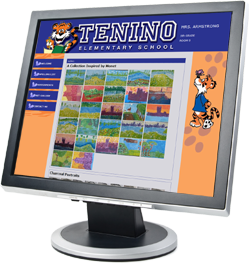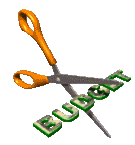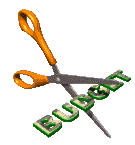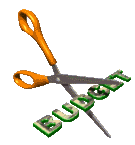Spring is often the time of year when “teacher fatigue” can strike. After struggling through the winter months with obstacles of all sorts, energy levels can run low. The end of the school year is in sight, but that last leg can be rough! Your creative juices have dried up, and you’ve run out of ideas to help teach certain concepts to those students who need more help.
By nature, teachers are a creative bunch, but it has only been recently in which there has been a forum where others could share ideas. In 2006, Paul Edelman, a former NYC public school teacher, decided to create an open online marketplace where teachers could buy, sell, and share original educational materials in downloadable formats. He was the first person to launch this idea, and it has exploded around the world. We know it as Teachers Pay Teachers (TpT) , and if you haven’t heard of this site yet, I will be glad to enlighten you.
In the late 1990’s and early 2000’s, computer equipment was becoming commonplace in the classroom, but the use of the internet as a teaching resource was still in its early stages for the general populace. Online teaching was rudimentary at best, but once begun, it was like an online conflagration for the next best thing to improve the experience for both the student and the teacher. No longer was an online classroom static, as tools were created to make it possible to simulate an actual interactive classroom. Connecting with the online world has become an integral part of learning and teaching.
Mr. Edelman saw a need for there to be a place where teachers could connect and share ideas, but he took it a step further by making it available for teachers to sell some of their ideas at a nominal cost and earn some extra money in the process. How many times have you worked hard to come up with an idea to help teach a particular concept or idea and created a great teaching method that proved successful? By taking this one step further, you could share this idea on the TpT website and earn something for your effort.
There is no cost involved in registering to be part of the TpT community, and you are even allowed ten free downloads from an extensive list of products just for signing up. There are many free features to take advantage of, but if you want to become actively involved in the selling aspect, you will need to become a paid member. Everything is explained on how to do this, but you are free to participate however best suits you. There are 1,600,000 registered members with over 90,000,000 page views made each month!
The website covers all aspects and levels of teaching, so there is something for everyone, ranging from teaching ideas to making money by selling your ideas through the marketplace. Pinterest has several pages that show you the wide variety of topics that are available. Take the time to browse through some of the offerings, and be sure to check out their blog--you will be amazed!
































